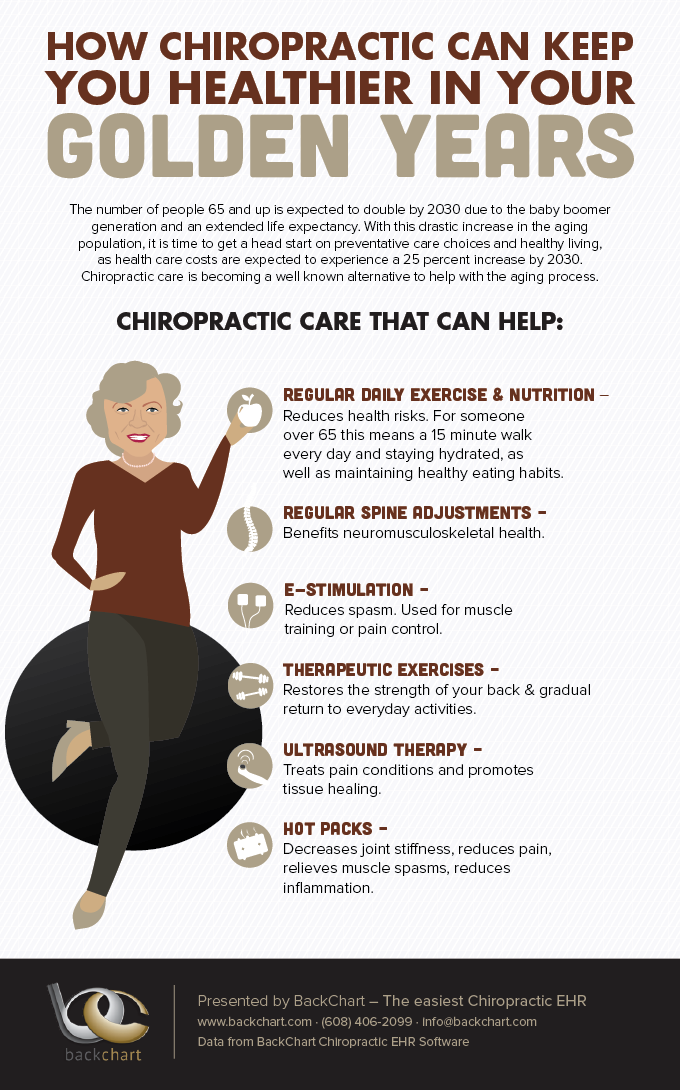The Scientific Research Behind Cold Laser Treatment: Understanding Its Systems And Results
The Scientific Research Behind Cold Laser Treatment: Understanding Its Systems And Results
Blog Article
https://www.healthline.com/health/atopic-dermatitis/understanding-the-expenses-of-managing-eczema -Harbo Roberson
You may have come across cold laser treatment as a promising therapy option for numerous conditions, yet have you ever before wondered how it in fact services a cellular level? Understanding the mechanisms behind this therapy can shed light on its effectiveness in advertising healing and reducing swelling. By discovering the scientific research behind cold laser therapy, you'll obtain insights right into the remarkable methods which light can affect cellular procedures and assist in cells fixing.
Exactly How Cold Laser Treatment Works
To understand just how cold laser treatment works, you require to realize the essential concepts of how light power connects with biological cells. Cold laser therapy, also called low-level laser treatment (LLLT), makes use of certain wavelengths of light to permeate the skin and target hidden tissues. Unlike the extreme lasers used in procedures, cold lasers discharge low levels of light that do not produce heat or create damages to the tissues.
When these mild light waves reach the cells, they're soaked up by parts called chromophores, such as cytochrome c oxidase in mitochondria. This absorption triggers a series of biological responses, consisting of enhanced cellular power manufacturing and the launch of nitric oxide, which improves blood flow and decreases swelling.
Furthermore, loabns to go can also promote the production of adenosine triphosphate (ATP), the energy currency of cells, helping in mobile repair work and regeneration procedures.
Fundamentally, cold laser therapy utilizes the power of light power to promote healing and minimize pain in a non-invasive and gentle fashion.
Devices of Action
How does cold laser therapy really function to create its healing results on organic tissues?
Cold laser treatment, also called low-level laser treatment (LLLT), runs with a procedure referred to as photobiomodulation. When the cold laser is put on the skin, the light energy passes through the cells and is absorbed by chromophores within the cells.
These chromophores, such as cytochrome c oxidase in the mitochondria, are then promoted by the light power, leading to a waterfall of biological responses. One key mechanism of action is the improvement of cellular metabolism.
The absorbed light energy raises ATP production in the mitochondria, which is vital for mobile feature and fixing. Furthermore, cold laser treatment assists to lower inflammation by preventing inflammatory moderators and promoting the launch of anti-inflammatory cytokines.
This anti-inflammatory effect contributes to pain alleviation and tissue recovery.
Restorative Results
Comprehending the healing effects of cold laser treatment includes acknowledging just how the improved mobile metabolism and anti-inflammatory buildings add to its positive end results on biological cells.
When the cold laser is applied to the affected location, it stimulates the mitochondria within the cells, resulting in increased manufacturing of adenosine triphosphate (ATP), which is critical for cellular feature and repair work. This increase in mobile power increases the recovery process by promoting tissue regrowth and minimizing inflammation.
Additionally, the anti-inflammatory residential properties of cold laser therapy help to lower pain and swelling in the targeted location. By preventing inflammatory arbitrators and promoting the launch of anti-inflammatory cytokines, cold laser therapy help in alleviating discomfort and improving the total healing action.
This reduction in swelling not only gives instant relief but additionally supports lasting tissue repair service.
Final thought
In conclusion, cold laser therapy functions by boosting cellular repair and cells regeneration via photobiomodulation. Its anti-inflammatory properties provide discomfort alleviation and reduce swelling by inhibiting inflammatory conciliators.
This therapy uses a thorough technique to healing, providing both immediate relief and long-lasting tissue fixing benefits.
With its mechanisms of action, cold laser therapy confirms to be an efficient and promising treatment choice for a variety of problems.
